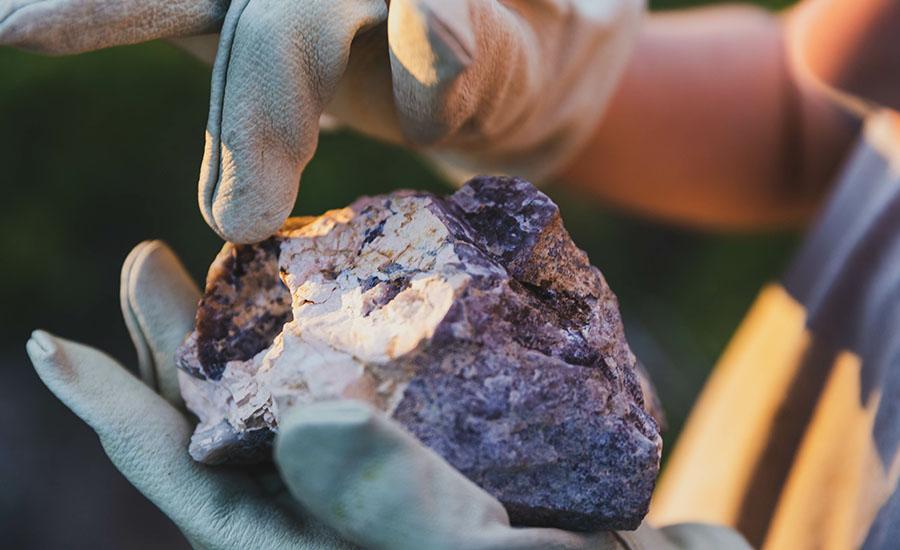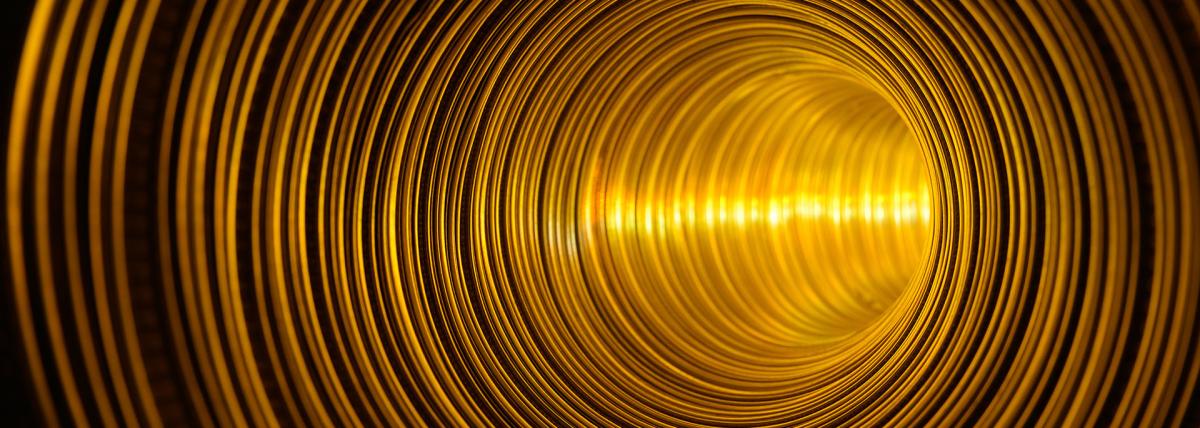
Global Solar
by Nidhi Mehta
This lesson plan focuses around 4 key topics, with activities for each. The plan covers renewable energy, solar energy, why solar energy is important, and what the children can do to conserve energy.
In this lesson, students will watch the PBS NewsHour video, “Rethinking the utility company as solar power heats up” and learn more about the changing nature of our energy and power grids. For the main project, they will experiment with a plethora of solar projects to build a solar enlightened future for the future scientists!
Lesson Plan Link/URL
https://docs.google.com/presentation/d/19bd-3qs6r9E6V-GFJgqeutlzhozfqq8Rett9pHm…Subject Area
Science Physical Science P2: Objects at a Distance P4: Energy Transfer Earth and Space Science E1: Earth Systems E2: Earth & the Universe Technology 1. Empowered Learner 2. Digital Citizen 3. Knowledge Constructor 4. Innovative Designer 5. Computational Thinker 6. Creative Communicator 7. Global Collaborator Engineering S1: Engineering & Global Society S2: Apply the Engineering Design Process S3: Apply Mathematics to Engineering S4: Apply Science to Engineering S5: Apply Technology to Engineering S6: Apply Communications to Engineering Mathematics Number and Operations in Base Ten (NBT) Measurement and Data (MD) The Number System (NS) Functions (F) Reasoning with Functions and Relations (RFR) English Language Arts (ELA) Reading (Literature) Reading (Informational Text) Writing Speaking & Listening
Featured
Off
Related Content

Grades:
4th Grade
In this hands-on lesson, students will construct a model of a volcano and produce lava flows. They will also observe, draw, record, and interpret the history and stratification of an unknown volcano

Grades:
3rd Grade
SUMMARY: This lesson challenges 3rd grade students to apply their knowledge of the physics of light by having them design, create, and test an obstacle course that their beam of light must navigate

Grades:
3rd Grade, 4th Grade, 5th Grade
Learn about forces and motion while reading the book Sheep in a Jeep and doing activities to determine the average distances of objects in motion.